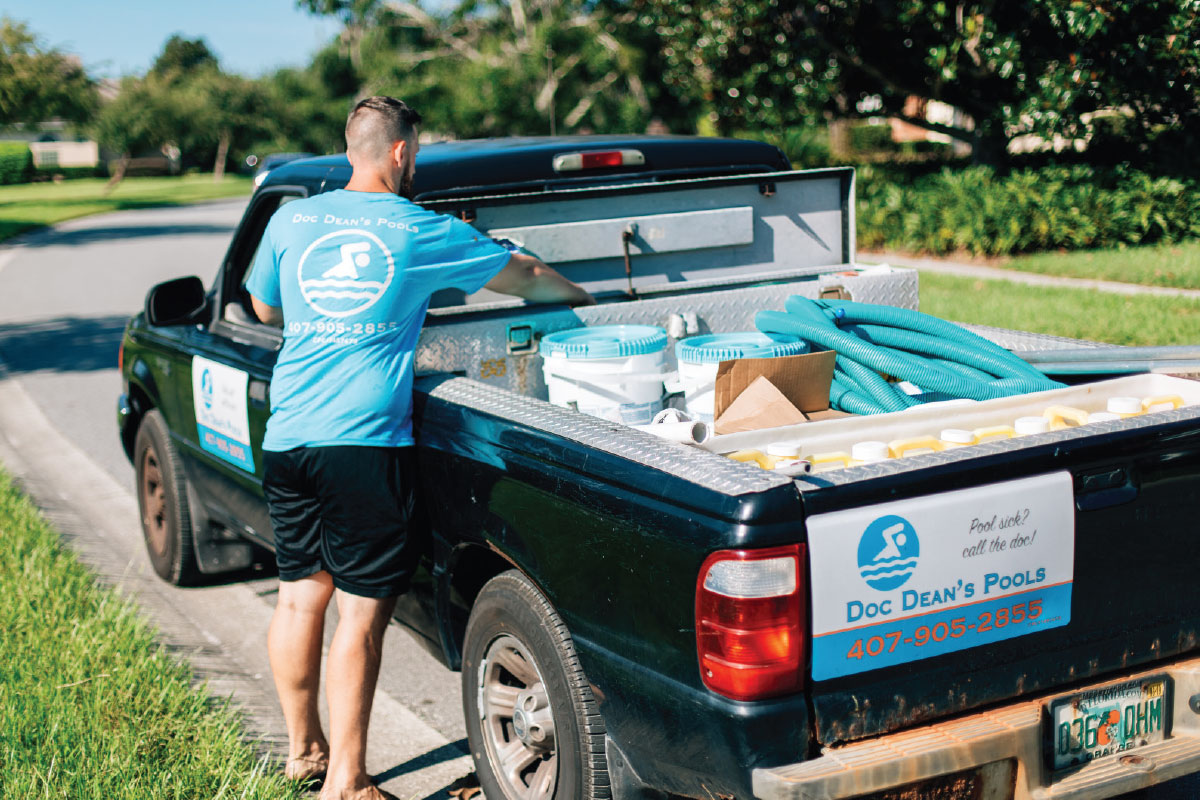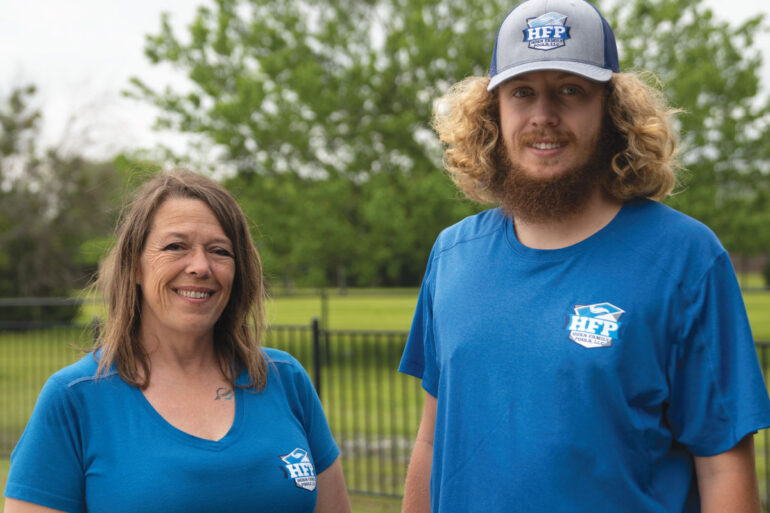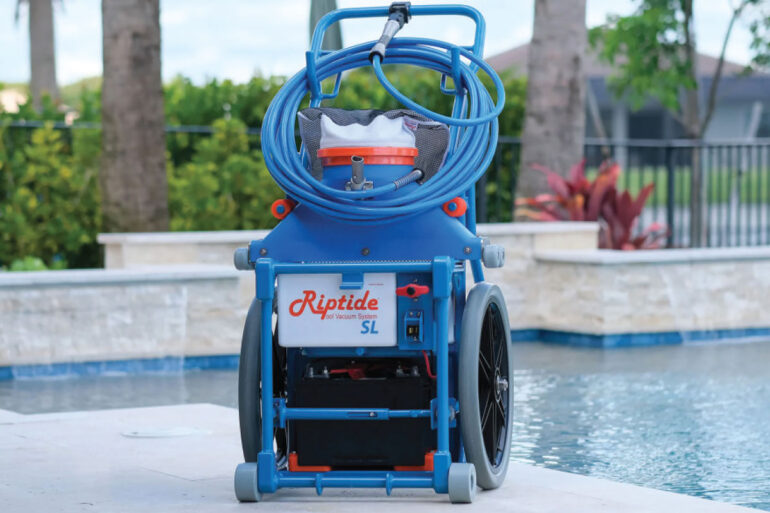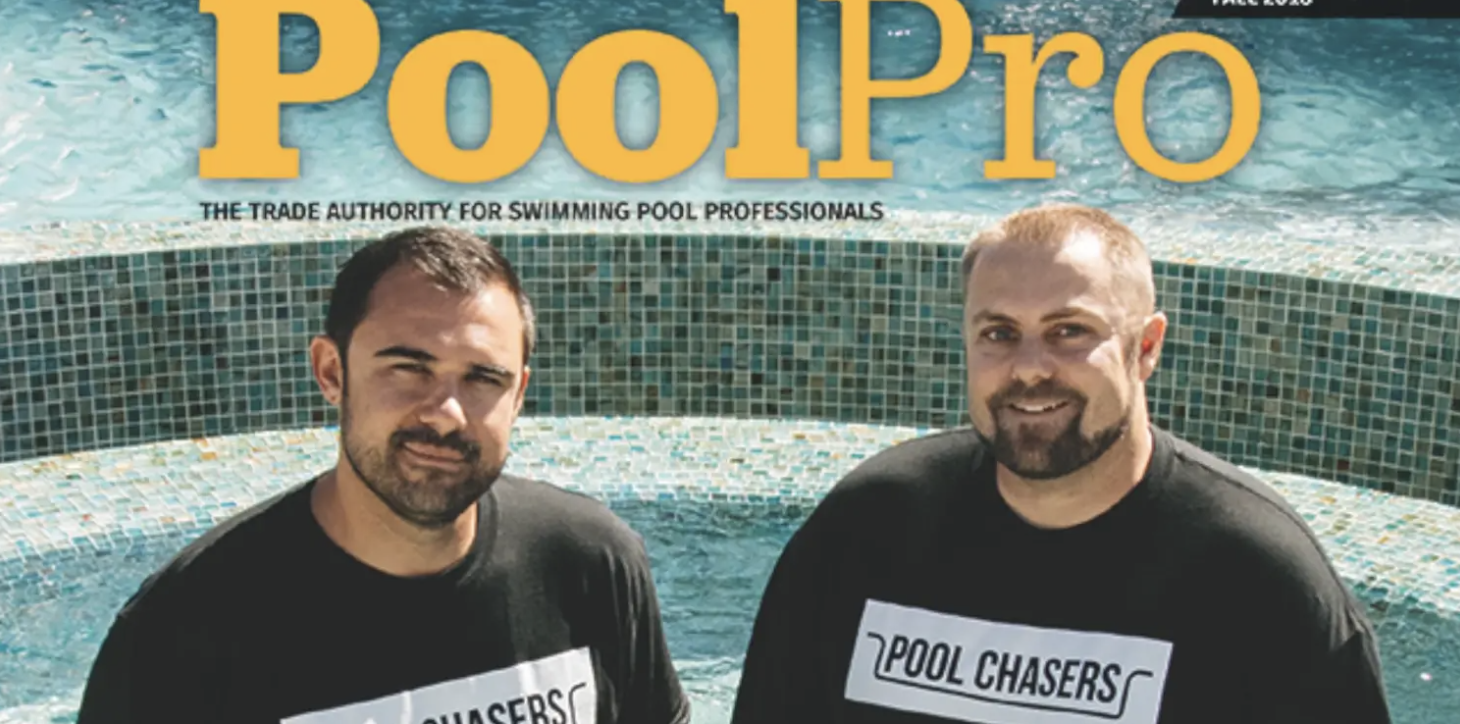Routing for Success

Pool service professionals often acquire service routes, typically because another company has gone out of business, or the route owner has retired or moved. This can be an efficient way for an established company to expand, or for new pool service companies to get started in the industry.
However, the owner of a new service route may experience significant customer drop off after the buyer takes over. Luckily, there are strategies that can help keep this decline to a minimum.
Andy May, owner of Triton Pool Service in Gainesville, Georgia, acquired 50 new pools after buying a route from a friend who was retiring. May says it can take years to build a route that big, so the benefits of buying the route were considerable. He suggests the buyer vet the route before making the purchase.
May says the buyer should first find out how long those customers have been with the selling company. “You could be buying a route where a third of the people are pretty new and they’re not really going to have a whole lot of loyalty to who’s servicing the pool,” May says. He also advises asking around to find out whether the company has earned a good reputation.
Tyler Rasmussen is co-owner of the Pool Chasers podcast and the previous owner of Brothers Pool Service & Repair in Scottsdale, Arizona. Like May, he also insists checking out the reputation of the company you are buying from and gathering other relevant information. “Make sure they have full records of the rates and the route days,” Rasmussen says. “Make sure there is a full [customer] equipment list so you know what pool equipment is there and that you have the knowledge to take care of that kind of equipment.”
Both May and Rasmussen say it is wise to consider buying routes with rates similar to their own. If there is going to be a rate increase, Rasmussen says to wait at least 90 days before implementing it. To keep customers happy, May says he will sometimes call the old owner to make sure customers aren’t paying more or less than before.
Rasmussen says making sure your policies align with the seller’s policies should be part of the vetting process as well. If all of these things have been considered and the route has been purchased, the next step is deciding how to best inform the new customers of the change.
Both Rasmussen and May say it is best to work directly with the seller to inform customers. May’s strategy has several steps: His company sent an email to new customers informing them of the change. The seller also promised in the purchase agreement to make himself available to customers for the summer to ensure a smooth transition. May and the seller went in person to every pool on the route together in an attempt to meet customers.
Rasmussen’s suggestions are similar. He recommends the seller send emails to introduce the buyer and assure the customers he or she has been trained on their specific pool needs.
Once customers know about the changes, it’s important to build trust so they stay with the new route owner. This can be tricky, May says: “It is difficult and they know that you’ve changed companies, so they’re going to be hypersensitive to any change in what they view as their normal service.”
Rasmussen also recommends “keeping everything as normal as possible for the transaction” by maintaining the same service day and rate if possible.
Purchasing a new route is a big move for any company. “It’s a decent amount of money to spend on something,” Rasmussen says. “Find somebody who has done it before and can look over it with you or look over it with a lawyer.”
Lastly, Rasmussen says losing a few customers is sometimes inevitable and that it’s OK. “Some people are going to fall off,” he says. “They may just not like the fact that they’re being moved on to somebody else. If you take those steps to make them feel like they’re wanted and still a part of a good company, usually they will stay on and give you a chance.”






